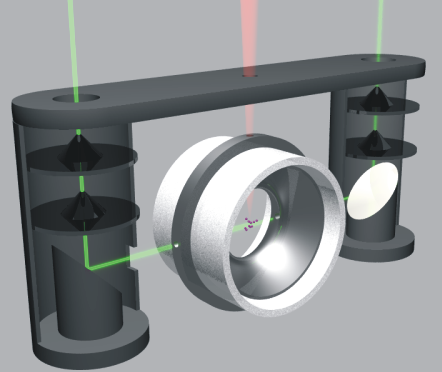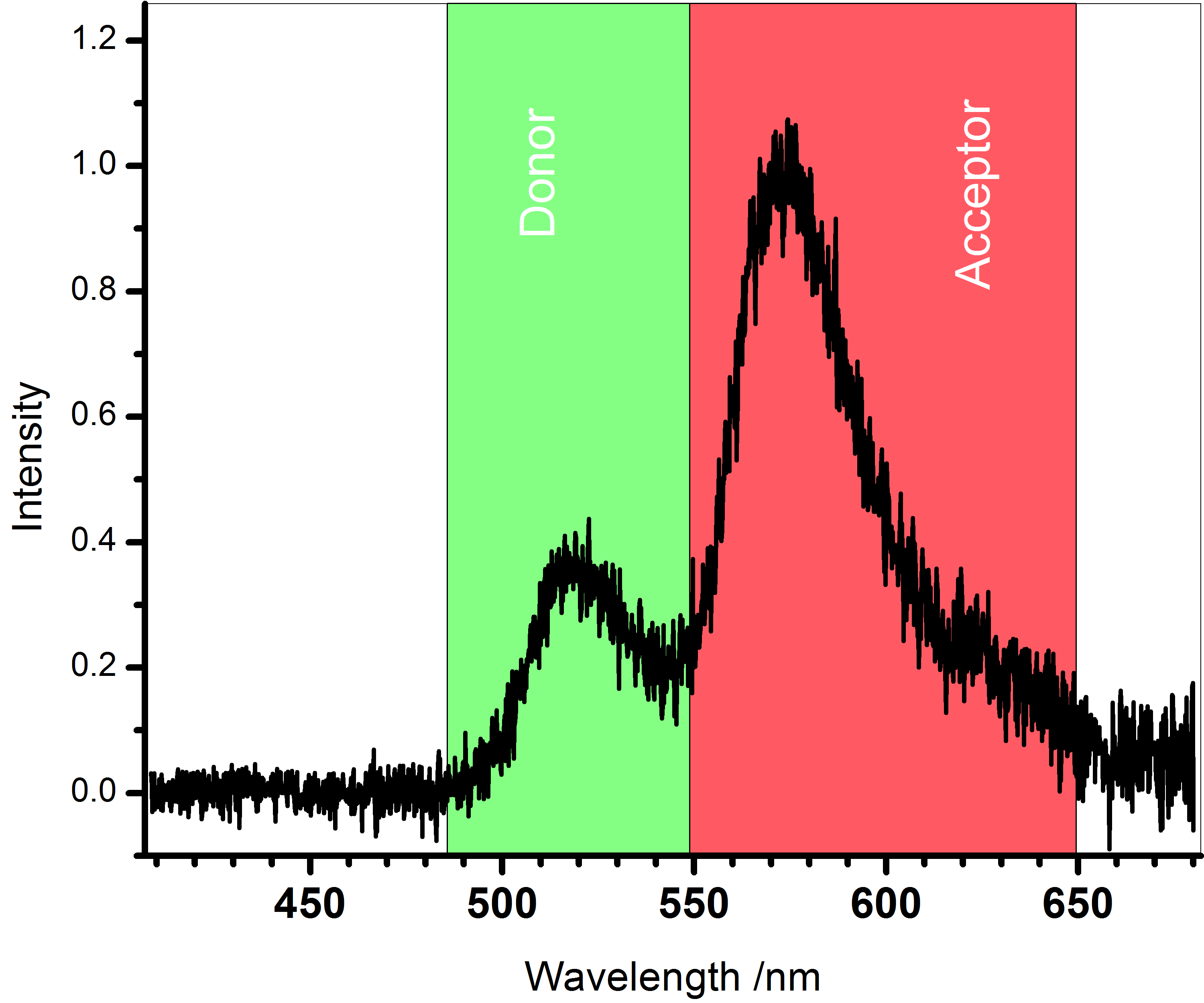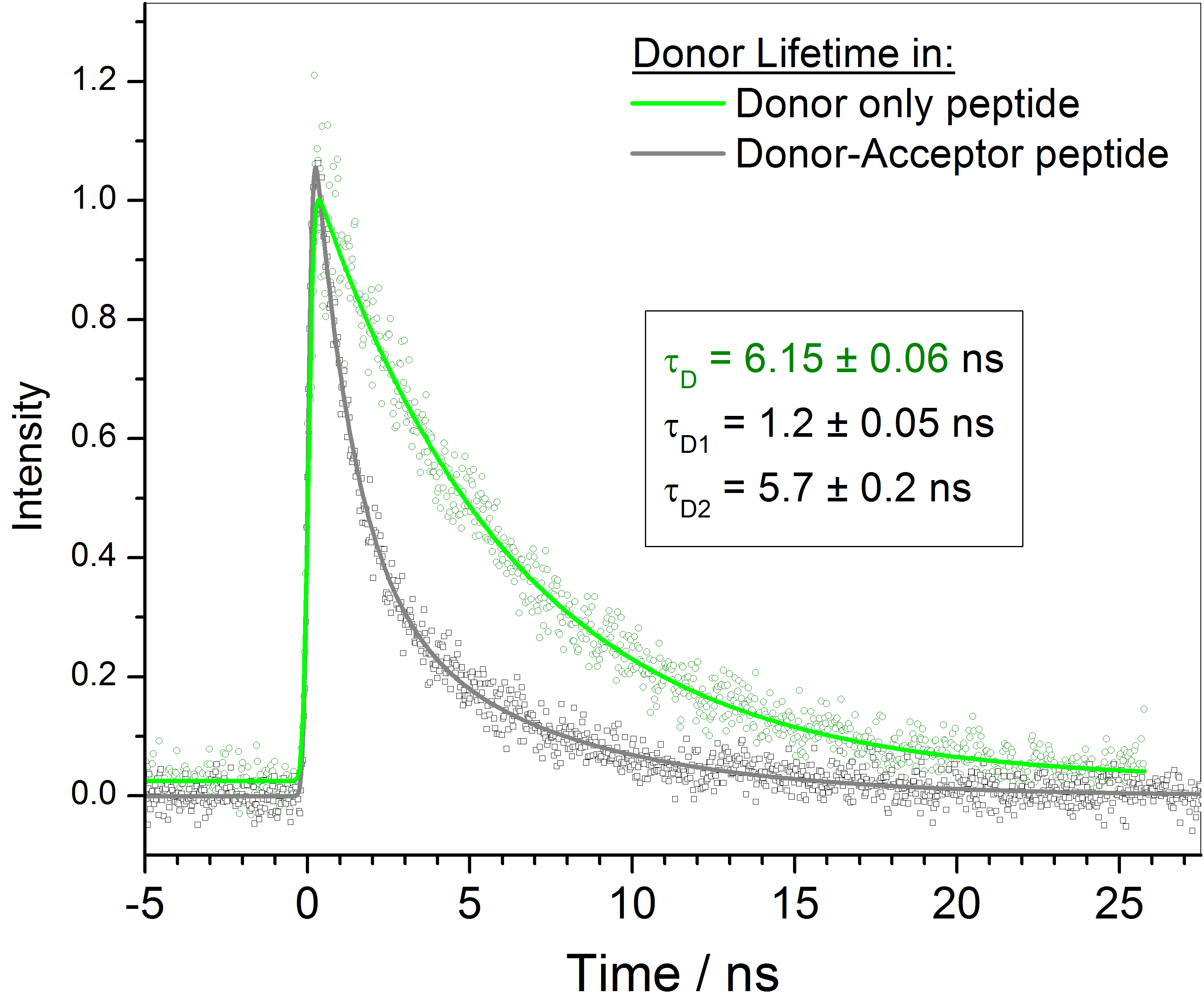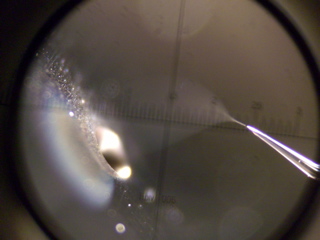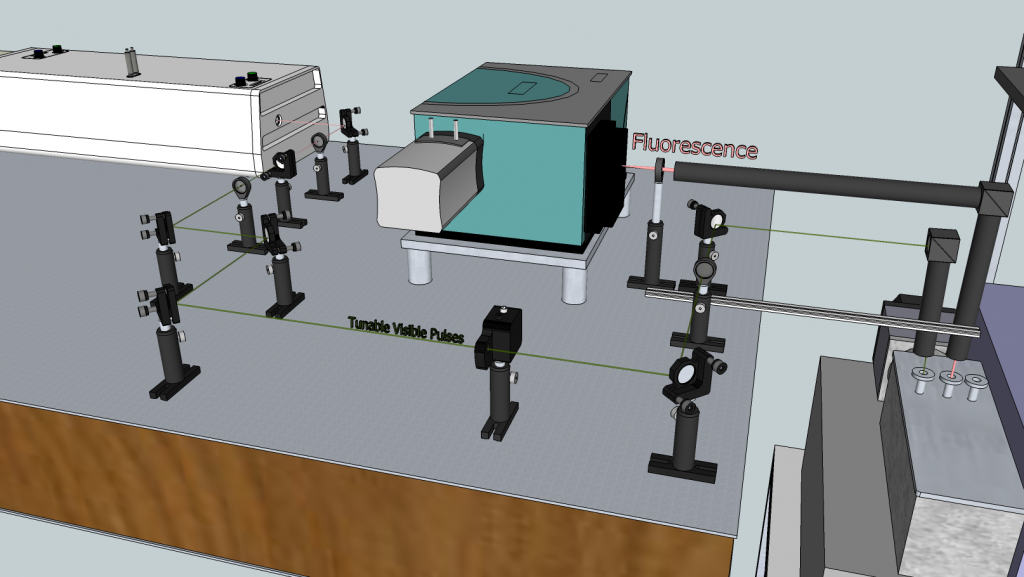Research Overview
Our research seeks to answer the following questions:
- What is the relationship between condensed- and gas-phase structure (& other properties)?
- How can biological molecules be made to adopt condensed-phase properties in the gas phase?
We are combining trapping mass spectrometry with laser spectroscopy in order to characterize the structure, stability and dynamics of biomolecules and biomolecular complexes in a controlled gas-phase environment. Native biological systems are highly complex, and their state depends on the interplay of numerous factors. Analyzing these systems in the minimalist environments (gas phase) allows us to separate effects of non-covalent interations involved in hydration, metal-chelation and drug-binding.


